Let us not be done and dusted with Sualkuchi (45 kms from Guwahati). It is more than a place where silken dreams are woven; it is where slices of history exist in many forms – architecture, sculpture, and even weaving. Take the history of muga for example, which Sualkuchi’s medieval traders are said to have introduced after one of their many trips to upper Assam: after which their womenfolk taught themselves to produce yarn by boiling cocoons. Or even it’s around 40 grihastra satras and one udasin satra (practices celibacy) —that date to the neo-Vaishnavite reformist movement in the 16th century.
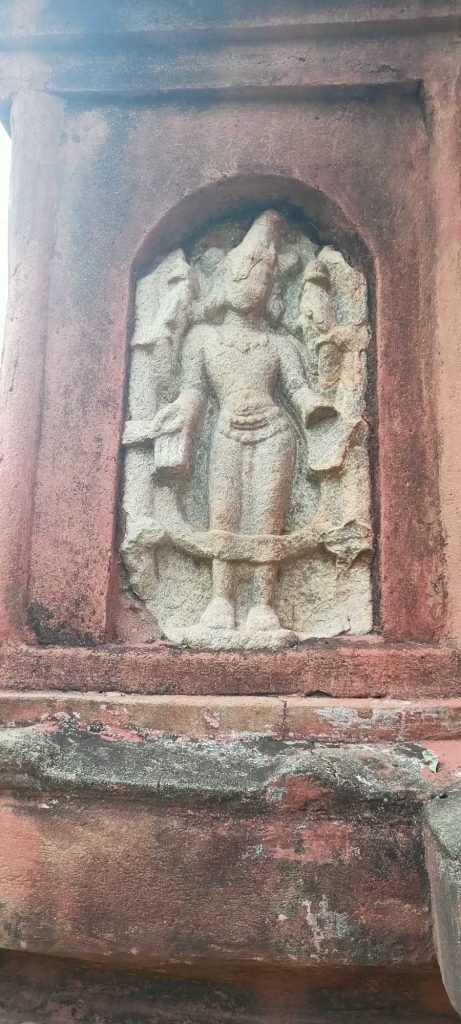
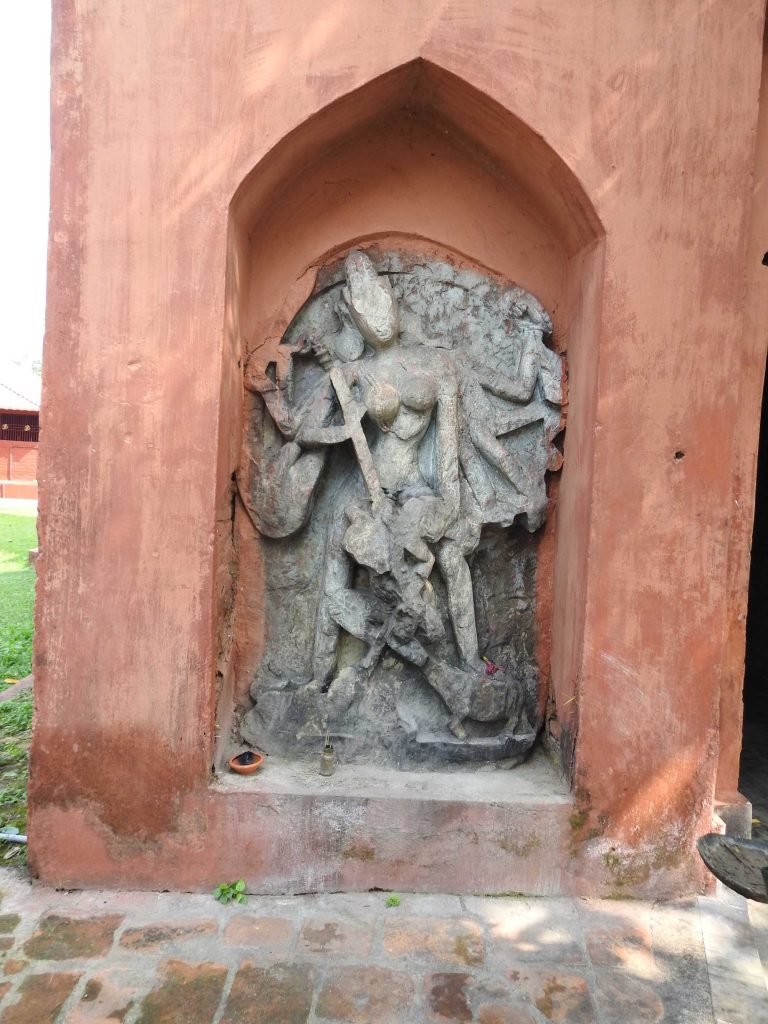
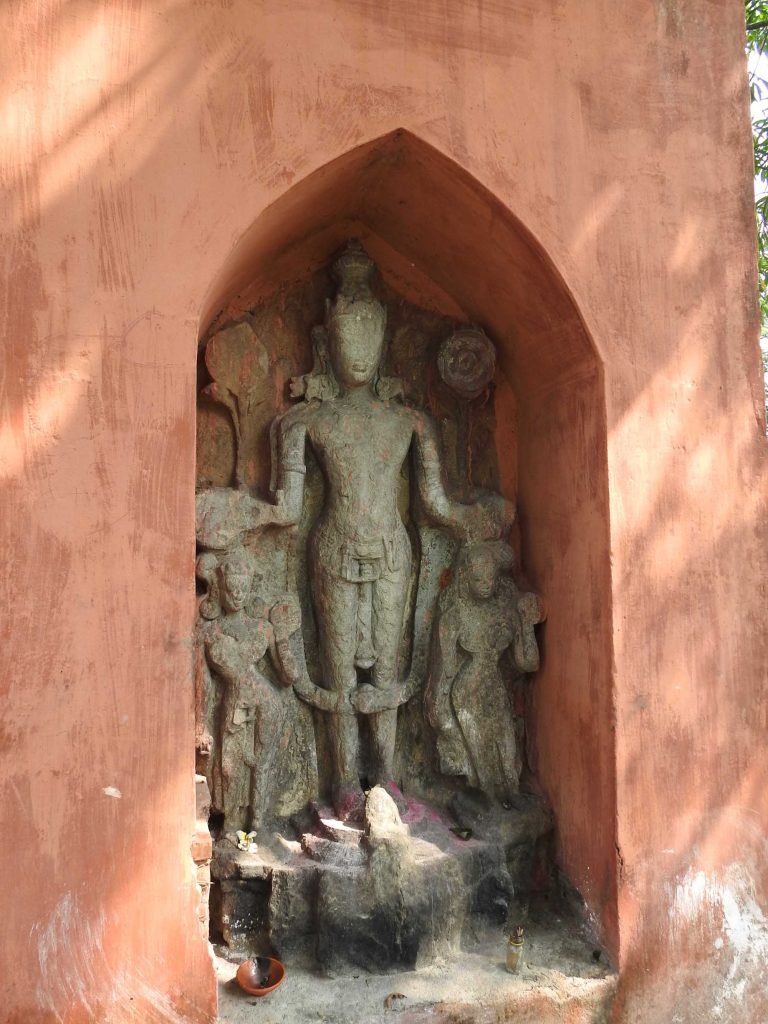
The most historic slice here though is Sidheswar Devalaya, dating back to the 10th-11th century. Later rebuilt on land donated to the Devalaya by Ahom kings Gadadhar Singha and Rajeswar Singha, Sidheswar is a rare temple. Not only is it a shrine where both ancient and medieval Ahom architecture/sculptures reside, a kind of bridge between the ancient and medieval ages, but it is also where the iconography has several Buddhist elements. Much like Hajo’s Hayagriva Madhav temple (20 km away from Sualkuchi), which also has marks of Buddhism. Frequented by pilgrims from Bhutan, Sidheswar is said to be the place where Subhadda, a disciple of Buddha, attained mahaparinirvana.
Climbing up 140 steps to the hill of Sidheswar, one finds remains of old temple with stone sculptures of gods and goddesses that date back to the Ahom era. Historians have identified about ten male deities, mostly the different avatars of Lord Vishnu, besides Goddess Saraswati and Goddess Lakshmi. What is significant is that here Goddess Saraswati has two instead of four arms—which scholars believe has been inspired by Buddhist iconography.
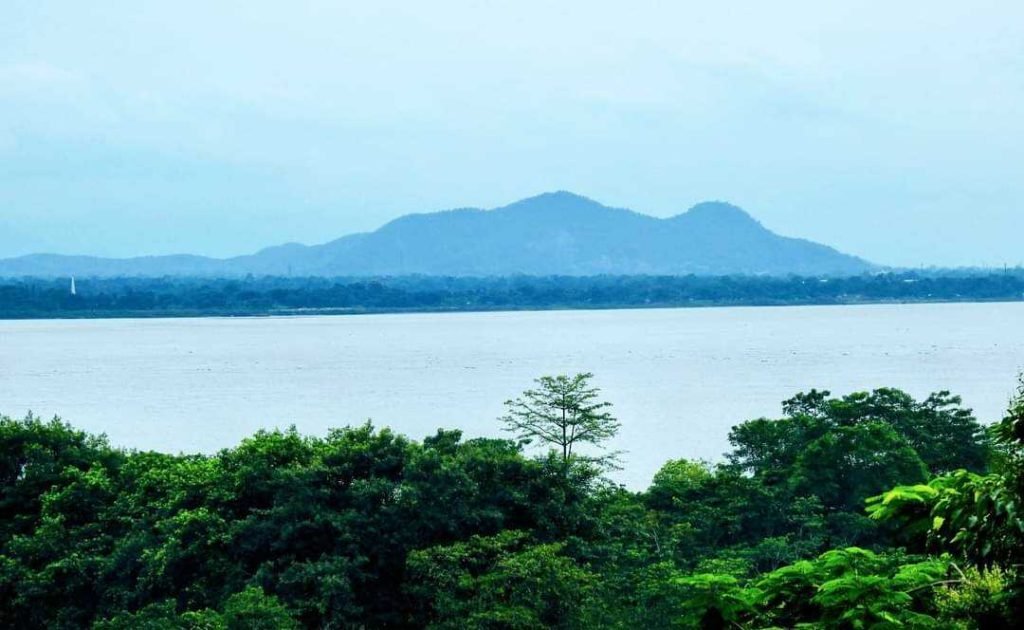
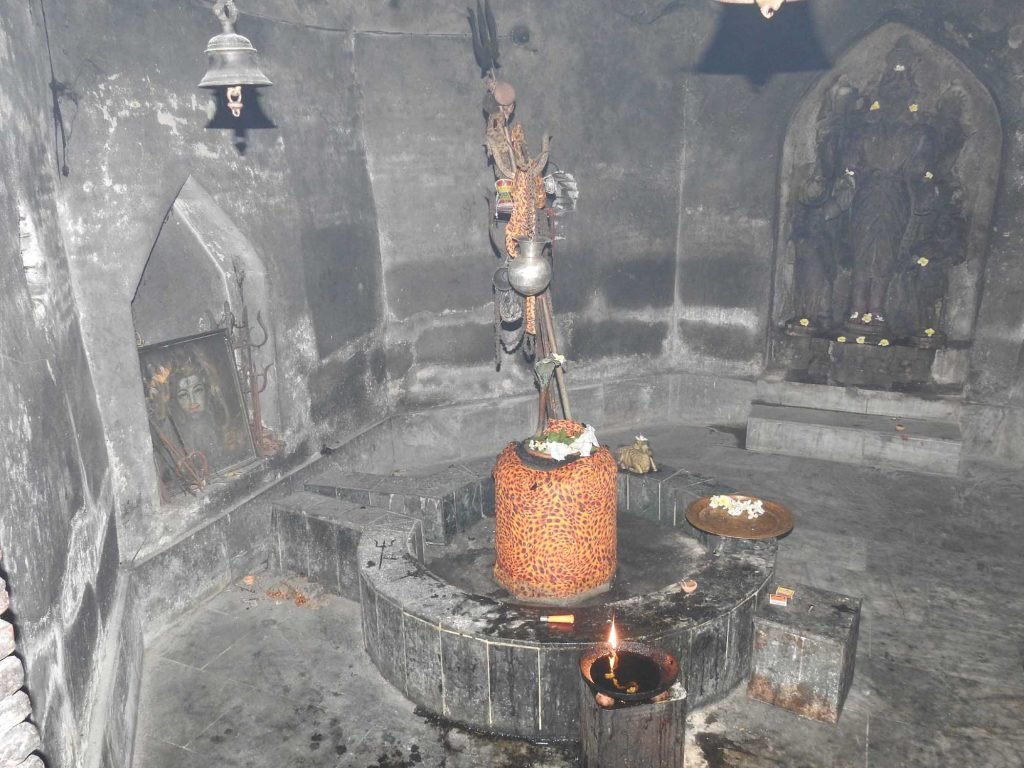

In Sidheswar temple, the deities of Vishnu and Mahishamardini (Devi Durga) sit in the mandapa outside the garbhagriha. The garbagriha itself has a Shiva linga, with Lord Vishnu on the wall, which some historians suggest is an imagery of Boddhisatva Avalokitesvara. Complex and artistic, the Devalaya exudes an aura of spirituality and speaks volumes of the spirit of assimilation that is so characteristic of Assam.
